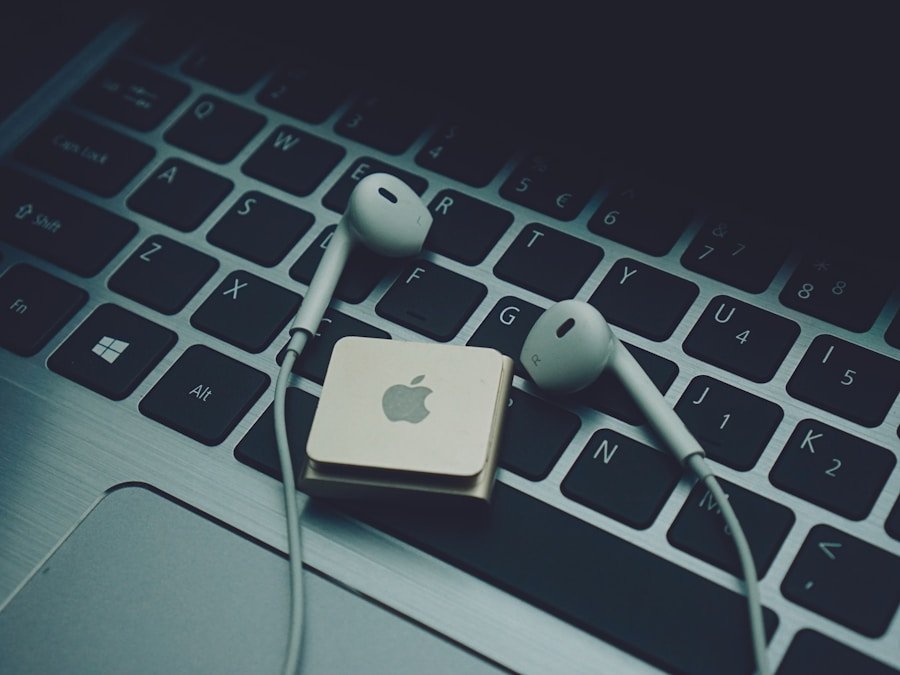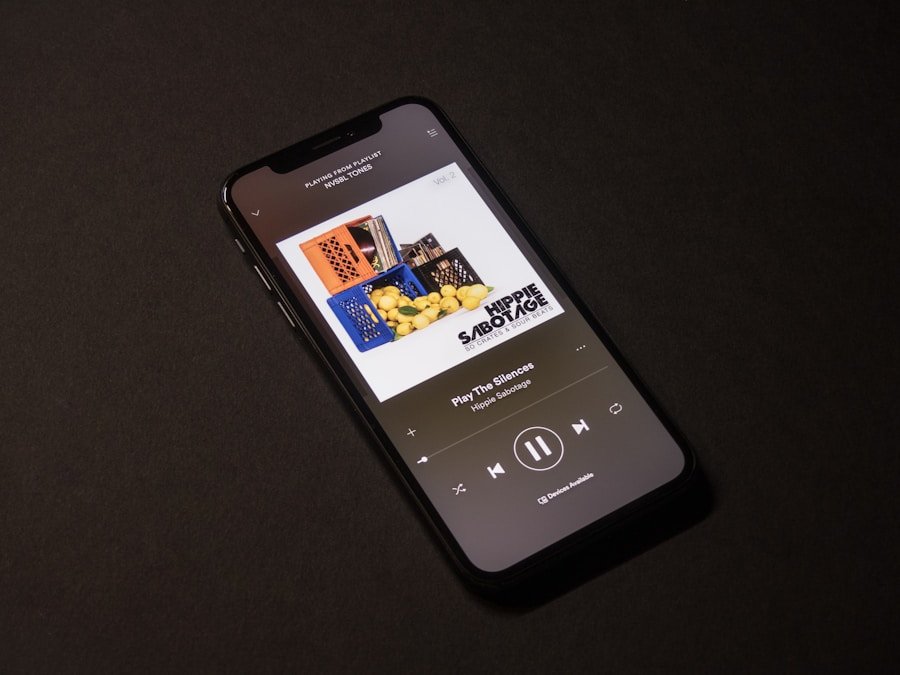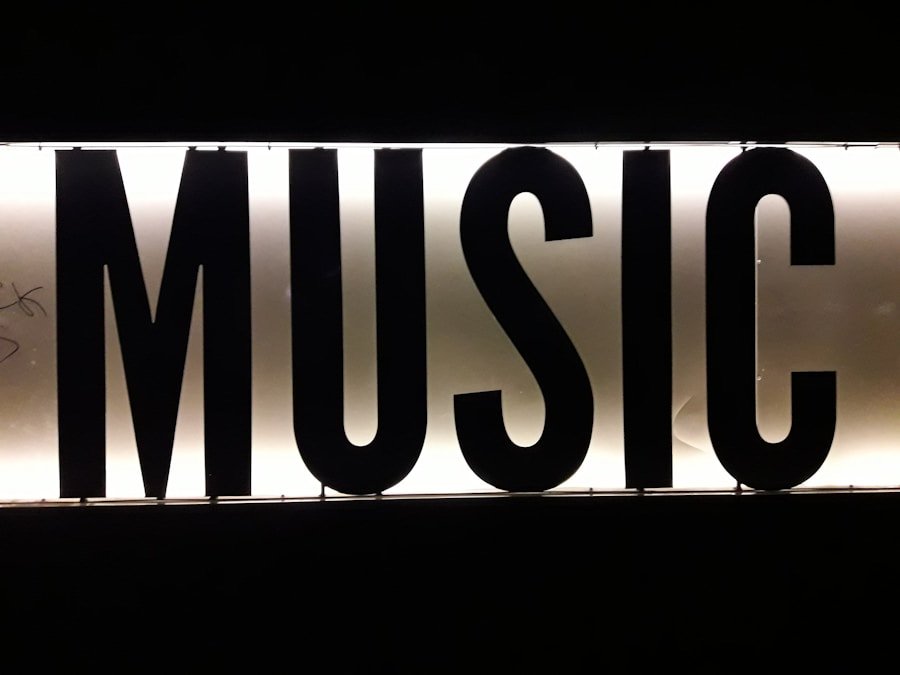Understanding love languages is essential for nurturing meaningful relationships. You may have heard of the concept popularized by Dr. Gary Chapman, which suggests that individuals express and receive love in different ways.
The five primary love languages are words of affirmation, acts of service, receiving gifts, quality time, and physical touch. Recognizing your own love language, as well as that of your partner or loved ones, can significantly enhance your interactions and emotional connections. When you identify your love language, you gain insight into what makes you feel valued and cherished.
For instance, if your love language is words of affirmation, you thrive on verbal expressions of love and appreciation. Conversely, if your partner’s love language is acts of service, they may feel most loved when you help them with tasks or take care of responsibilities. By understanding these nuances, you can tailor your expressions of love to resonate more deeply with those around you, fostering a more profound emotional bond.
Key Takeaways
- Understanding Love Languages:
- Love languages are the different ways people give and receive love, including words of affirmation, acts of service, receiving gifts, quality time, and physical touch.
- Knowing your partner’s love language can help you better understand and meet their emotional needs.
- Building Emotional Intimacy:
- Emotional intimacy involves sharing your innermost thoughts and feelings with your partner in a safe and supportive environment.
- Building emotional intimacy requires open and honest communication, active listening, and empathy towards your partner’s emotions.
- Communicating Love Effectively:
- Effective communication of love involves expressing affection in ways that resonate with your partner’s love language.
- It’s important to communicate love through both words and actions to ensure your partner feels valued and appreciated.
- Strengthening Relationships:
- Strengthening relationships involves investing time and effort into understanding and meeting your partner’s emotional needs.
- Building a strong foundation of trust, respect, and emotional intimacy is essential for a healthy and fulfilling relationship.
- Resolving Conflict:
- Conflict is a natural part of any relationship, and resolving it requires open and respectful communication, active listening, and a willingness to compromise.
- It’s important to address conflicts in a timely manner and work towards finding mutually beneficial solutions.
- Expressing Appreciation:
- Expressing appreciation involves acknowledging and valuing your partner’s efforts and contributions to the relationship.
- Showing gratitude through words of affirmation, acts of service, or thoughtful gestures can strengthen the bond between partners.
- Connecting on a Deeper Level:
- Connecting on a deeper level involves engaging in meaningful conversations, sharing experiences, and supporting each other’s personal growth.
- It’s important to create opportunities for emotional connection and prioritize quality time together.
- Fostering Trust and Security:
- Fostering trust and security involves being reliable, honest, and consistent in your words and actions.
- Building trust requires transparency, accountability, and a commitment to creating a safe and supportive environment for your partner.
Building Emotional Intimacy
Meaningful Conversations
To cultivate emotional intimacy, consider engaging in meaningful conversations that go beyond surface-level topics. Ask open-ended questions that encourage your partner to share their experiences and feelings.
Vulnerability and Trust
Sharing your own vulnerabilities can help bridge the gap between you and your partner. When you open up about your fears, dreams, and insecurities, it invites them to do the same. This mutual exchange fosters a sense of closeness and understanding that is essential for emotional intimacy.
A Gradual Process
Remember that building this connection takes time and patience; it’s a gradual process that requires consistent effort from both parties.
Communicating Love Effectively

Effective communication is the cornerstone of any successful relationship. You may find that expressing love in a way that resonates with your partner can make all the difference in how they perceive your affection. To communicate love effectively, start by being clear about your feelings and intentions.
Use “I” statements to express how you feel rather than placing blame or making assumptions about your partner’s feelings. For example, saying “I feel loved when you surprise me with little gestures” is more constructive than “You never do anything special for me.” Active listening is another crucial aspect of effective communication. When your partner speaks, give them your full attention and validate their feelings.
This not only shows that you care but also encourages them to be open and honest with you. By fostering an environment where both of you feel heard and understood, you create a solid foundation for expressing love in ways that resonate deeply with each other.
Strengthening Relationships
| Metrics | 2019 | 2020 | 2021 |
|---|---|---|---|
| Number of networking events attended | 15 | 10 | 20 |
| Number of new business partnerships formed | 5 | 3 | 8 |
| Customer satisfaction rating | 4.5 | 4.7 | 4.9 |
| Employee engagement score | 75% | 80% | 85% |
Strengthening relationships requires ongoing effort and commitment from both partners. You may find that small, consistent actions can have a significant impact on the overall health of your relationship. Regularly checking in with each other about your feelings and needs can help prevent misunderstandings and build a stronger connection.
Make it a habit to set aside time for each other, whether it’s through date nights or simple moments spent together at home. Additionally, celebrating each other’s successes and milestones can reinforce your bond. Acknowledging achievements—big or small—shows that you are invested in each other’s happiness and growth.
This mutual support creates a sense of partnership that strengthens the relationship over time. Remember that relationships are dynamic; they require nurturing and attention to flourish.
Resolving Conflict
Conflict is an inevitable part of any relationship, but how you handle it can make all the difference. You may find that approaching disagreements with a mindset focused on resolution rather than winning can lead to healthier outcomes. Start by acknowledging the issue at hand without assigning blame.
Use “we” language to emphasize that you are both on the same team working toward a solution. When discussing conflicts, it’s essential to remain calm and composed. Take breaks if emotions run high; this allows both of you to gather your thoughts and approach the situation with a clearer perspective.
Once you’ve cooled down, return to the conversation with a willingness to listen and understand each other’s viewpoints. By prioritizing resolution over being right, you can navigate conflicts more effectively and emerge stronger as a couple.
Expressing Appreciation

The Power of Daily Appreciation
Consider incorporating appreciation into your daily routine. You could start or end each day by sharing something you appreciate about each other. This practice not only fosters positivity but also reminds both of you of the value you bring to one another’s lives.
Creating a Culture of Appreciation
Over time, these small gestures can create a culture of appreciation that strengthens your bond and enhances overall relationship satisfaction.
The Lasting Impact of Gratitude
By making appreciation a habit, you can experience a deeper sense of connection and love in your relationship.
Connecting on a Deeper Level
Connecting on a deeper level involves exploring shared values, dreams, and aspirations with your partner. You may find that engaging in activities together—such as traveling, volunteering, or pursuing hobbies—can create opportunities for deeper conversations and shared experiences. These moments allow you to learn more about each other’s perspectives and desires, fostering a sense of unity.
Additionally, discussing future goals can help solidify your connection. Whether it’s planning for a family, career aspirations, or personal growth objectives, sharing these visions creates a sense of partnership and collaboration. By aligning your goals and supporting each other in achieving them, you deepen your emotional connection and build a strong foundation for your relationship.
Fostering Trust and Security
Fostering trust and security is crucial for maintaining a healthy relationship. You may find that being reliable and consistent in your actions helps build trust over time. When you follow through on promises and commitments, it reassures your partner that they can depend on you.
This reliability creates a safe environment where both partners feel secure in expressing their thoughts and emotions. Open communication also plays a vital role in fostering trust. Encourage transparency by discussing any concerns or insecurities openly rather than allowing them to fester beneath the surface.
When both partners feel comfortable sharing their feelings without fear of judgment or retaliation, it strengthens the bond between you. Trust is built through shared experiences and mutual respect; by prioritizing these elements in your relationship, you create a lasting sense of security that allows love to flourish. In conclusion, understanding love languages, building emotional intimacy, communicating effectively, strengthening relationships, resolving conflict constructively, expressing appreciation regularly, connecting on deeper levels, and fostering trust are all integral components of nurturing meaningful connections with those around you.
By actively engaging in these practices, you not only enhance your relationships but also cultivate a deeper understanding of yourself and others—ultimately leading to more fulfilling interactions in every aspect of life.



























